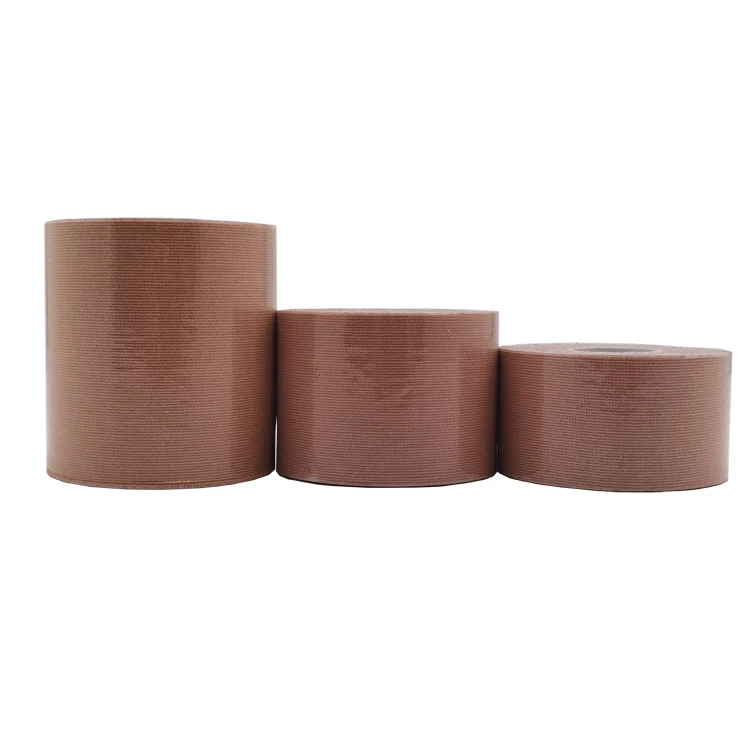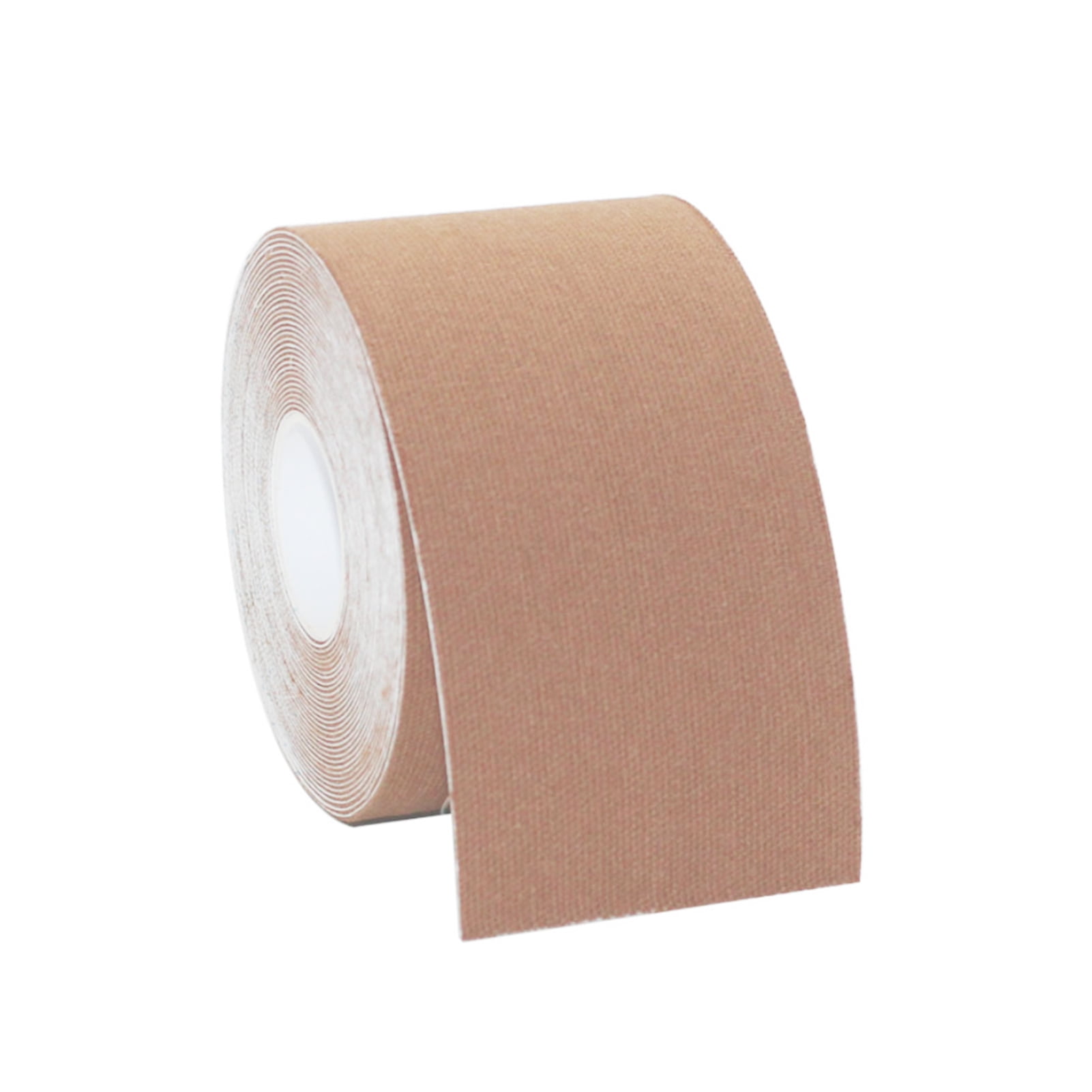
First, you can take a hot bath or shower. However, you can lessen the ouch factor in either of two ways. If you know the pain of ripping off a band-aid, unfortunately, taking off boob tape is a similar sensation. You can also use a cotton round pad if you don't have nipple covers or pasties. This protects the sensitive area and helps reduce irritation.

No matter how you tape your breasts, it's a good idea to use nipple covers before taping.
#Boob tape walgreens skin#
Instead, your tape should be pulled taut so it lies flat against your skin without digging into it or causing discomfort. On the other extreme, applying your boob tape too loosely won't give you the kind of support you need for low-cut, backless, or sleeveless outfits. Not only can taping too tightly make you stiff and uncomfortable, it can also restrict blood flow, impact your ability to breathe, and irritate your skin.
#Boob tape walgreens full#
While wearing boob tape, you should be comfortable and still have a full range of motion. The whole point of boob tape is for your breasts to be secure, but that doesn't mean you should wrap yourself up like you're in a body cast. A slippery surface will prevent it from sticking. This ensures that the tape will stick properly.Īvoid applying lotions or oils to your breast, shoulders, back, or any other spot that could come into contact with the tape. Clean your breasts and wherever you plan to put the tape thoroughly, then allow the area to dry completely before applying the tape. Clean and dry the area first.ĭon't just slap tape on your un-showered self. Note, however, that some redness immediately after removal may be normal if you have sensitive skin. If you notice any of the above, don't use the tape. Once you remove the tape, check for redness, bumps, inflammation, or itchiness. Try to keep the strip on for about as long as you would wear the boob tape. Two good test spots are your breast (of course) or your inner arm.
#Boob tape walgreens Patch#
To perform a patch test, cut off a small strip of the tape and apply it to your skin. The last thing you want is to pull off the tape at the end of the day only to find a painful rash or itchy skin. Do a patch test.īefore you tape yourself up, you should do a patch test. These five tips will make the entire process, from application to removal, a little bit easier (and a lot less painful!). There's no shortage of ways to use boob tape.Īnyone can become a master at using boob tape with a little practice. The double-sided tape, which is safe for sensitive skin, comes in small strips and is designed to stick to the skin without irritating it. Double-sided fashion tape: While you can't use fashion tape to hold up your breasts, you can use it to secure the fabric of low-cut tops or backs to your skin to keep your clothes in place and avoid any embarrassing wardrobe malfunctions.It may be gentler, but it will most likely cost more than the first two options. Tape branded for boobs: This, of course, has breasts in mind in its design, and is more similar to athletic tape than gaffer.It comes in black, white, nude beige, and a rainbow of other colors. If you have sensitive skin, you might want to opt for athletic tape as it's gentler than gaffer tape. Athletic tape: Traditionally used to support athletes' joints and help heal injuries, athletic tape is designed for use on the skin and supporting body parts, so it works well for keeping your breasts in place.


You can find gaffer tape in almost any color. However, it can cause skin irritation, so proceed with caution if you have sensitive skin or an allergy to adhesive.


 0 kommentar(er)
0 kommentar(er)
